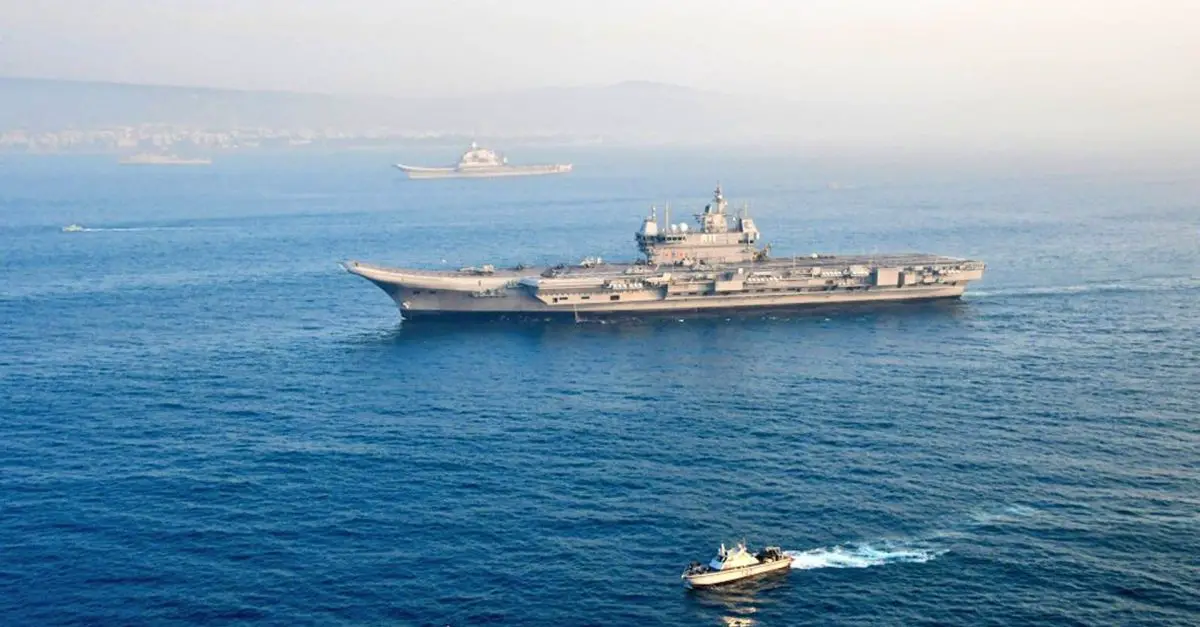Breaking news
India Defense Minister advocates for six more aircraft carriers in future.
According to information published by Swarajya on May 15, 2024, the Indian Defense Minister has advocated for expanding the country's aircraft carrier fleet, aiming for six carriers in the future.
Follow Army Recognition on Google News at this link

Indian Navy aircraft carrier INS Vikrant. (Picture source: Indian MoD)
Currently, the Indian Navy operates two aircraft carriers: INS Vikrant and INS Vikramaditya. INS Vikrant, India's first indigenously built aircraft carrier, was commissioned in September 2022 and represents a significant milestone in India's naval development.
It features modern systems and an air wing that includes MiG-29K fighters and MH-60R helicopters. INS Vikramaditya, a modified Kiev-class carrier purchased from Russia, has been in service since 2013 and recently returned to active duty after extensive refits.
The proposed expansion includes building more carriers based on the Vikrant class, leveraging the expertise gained by Cochin Shipyard Limited (CSL) in constructing INS Vikrant. This approach aims to maintain and enhance the shipbuilding capabilities within India.
Additionally, the plan involves developing a larger, more advanced carrier with a Catapult Assisted Take-Off But Arrested Recovery (CATOBAR) system, potentially incorporating an Electro-Magnetic Aircraft Launch System (EMALS). These advancements are intended to support a three-carrier fleet initially, with long-term plans for up to six carriers.
This move comes in the context of China's expanding naval presence, which has been a growing concern for New Delhi. China's increasing activities in the Indian Ocean, including the establishment of a military base in Djibouti and the use of ports like Hambantota in Sri Lanka, underscore the need for India to enhance its naval assets.
Aircraft carriers serve as powerful tools for power projection, enabling the Indian Navy to extend its operational reach and maintain a strong presence in critical maritime zones. This capability is crucial for securing sea lanes, responding to regional crises, and participating in humanitarian missions. The presence of multiple carriers ensures continuous deployment, even when one is undergoing maintenance, thereby maintaining persistent naval readiness.
India's engagement with strategic alliances, such as the Quad, highlights the importance of a capable navy in enhancing regional security and cooperation. More carriers would allow India to contribute effectively to joint operations and exercises, strengthening its strategic partnerships and influence in the Indo-Pacific.


























